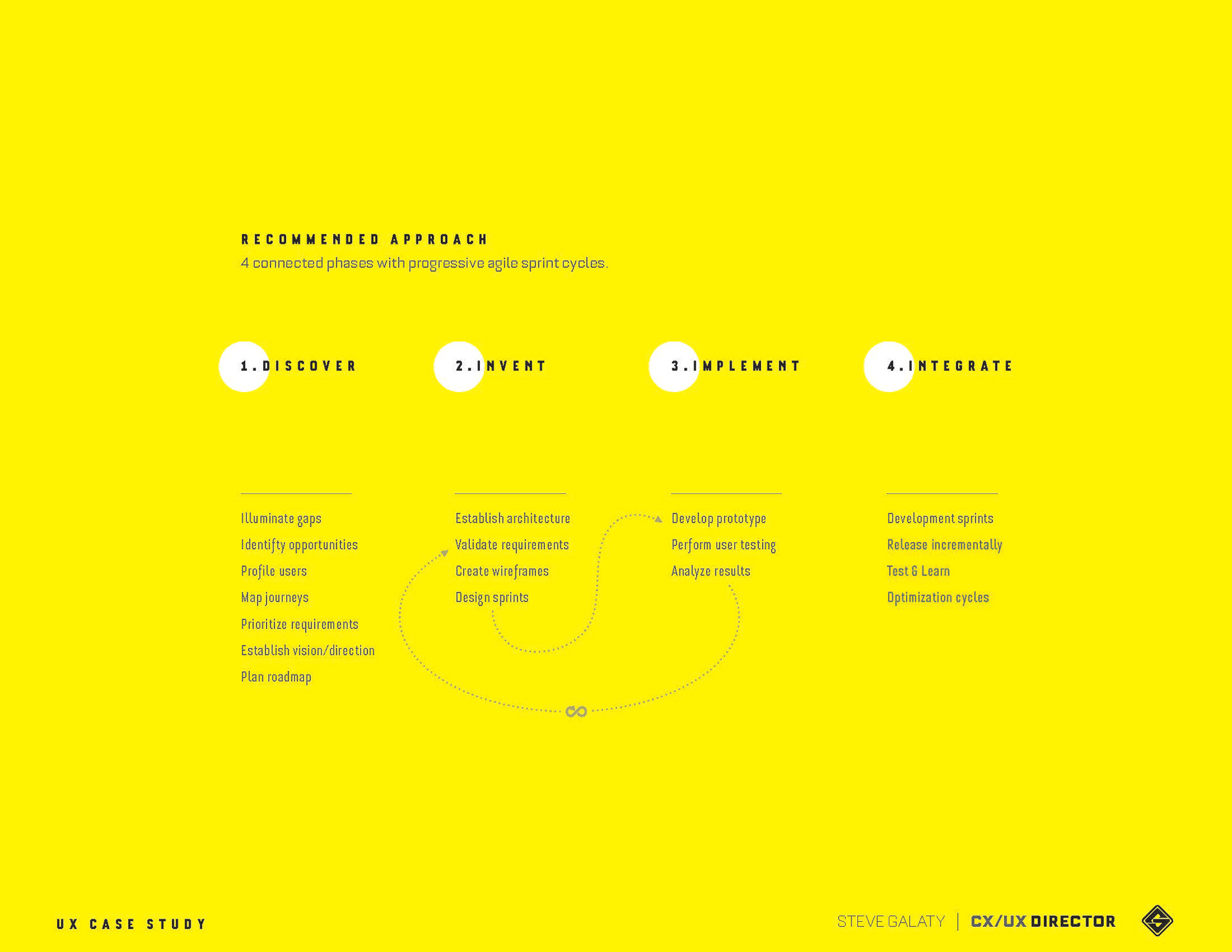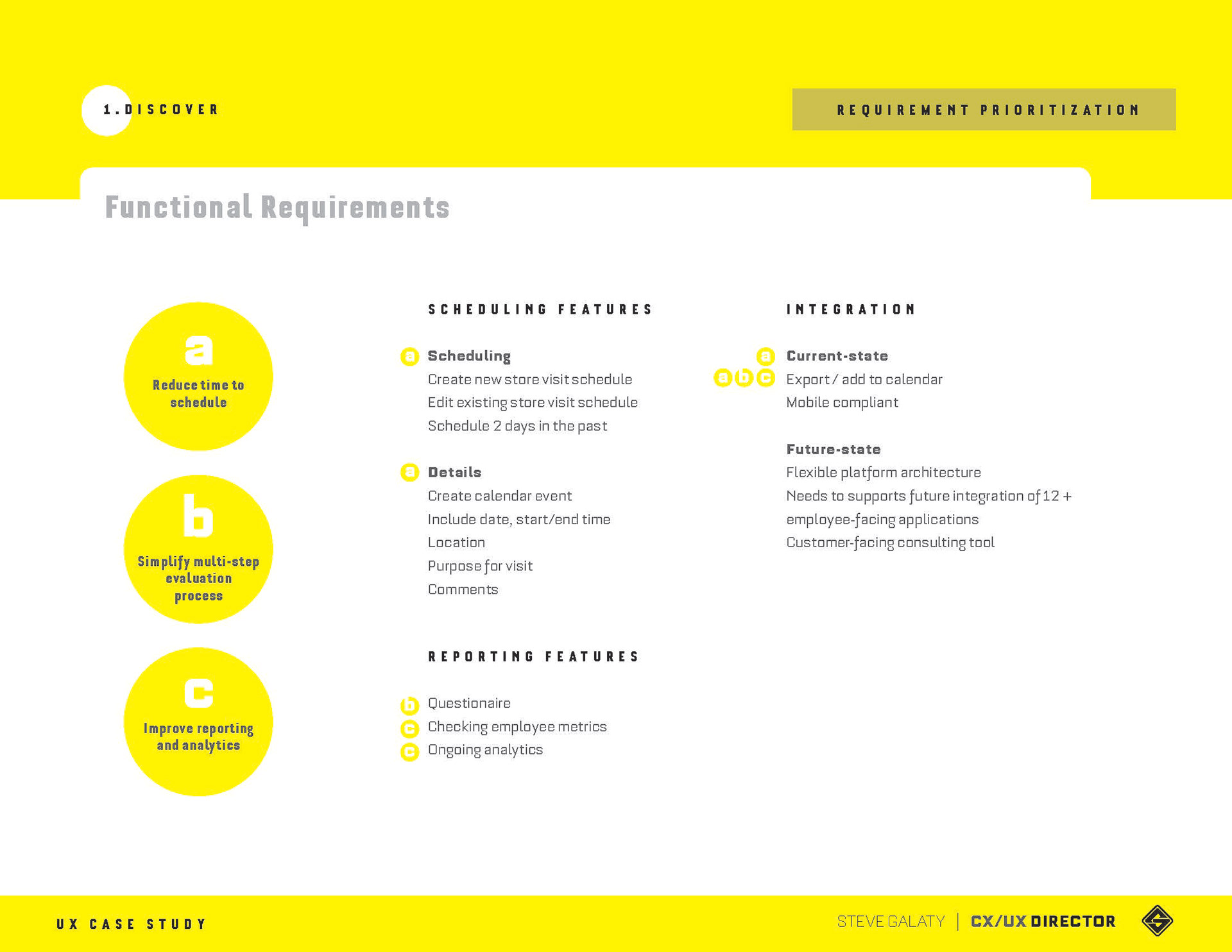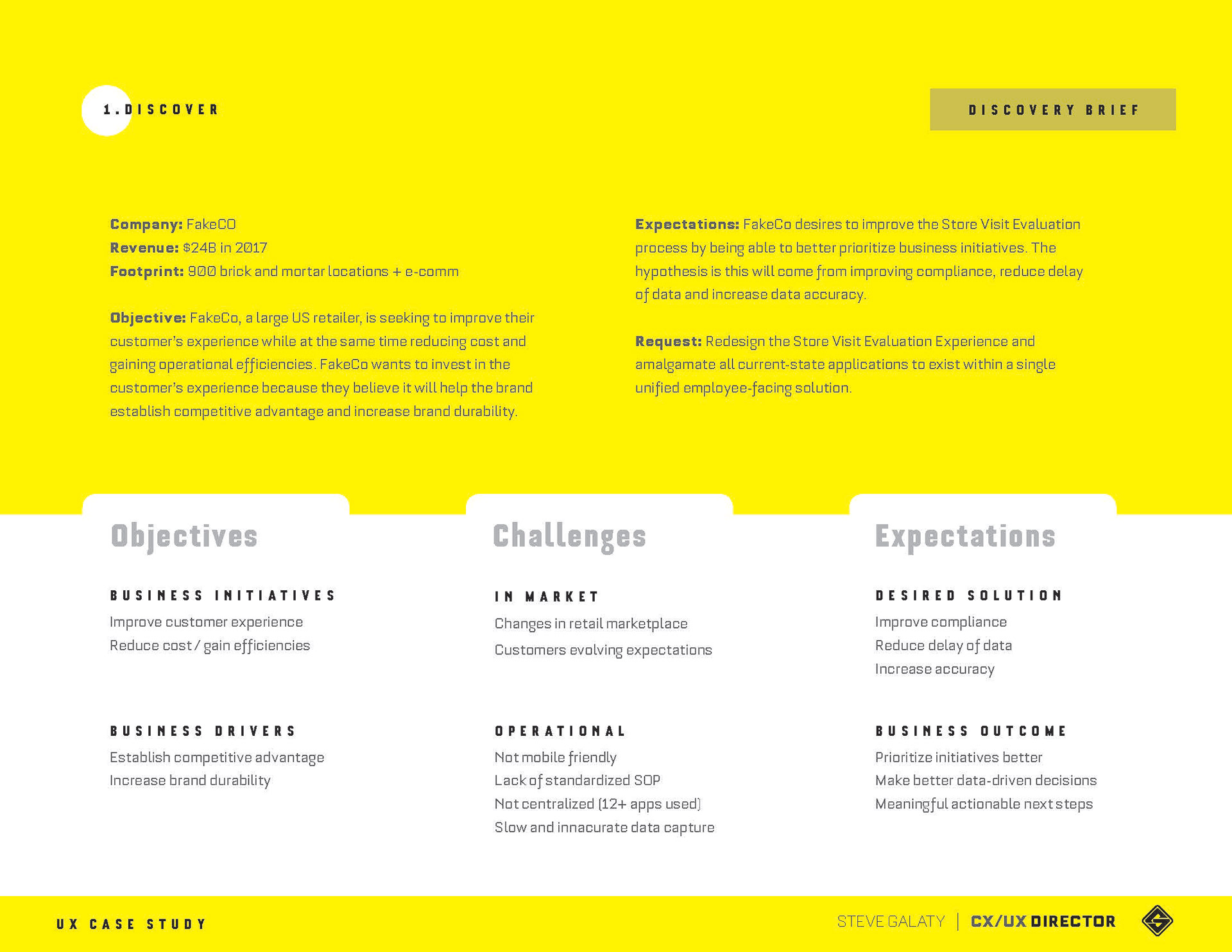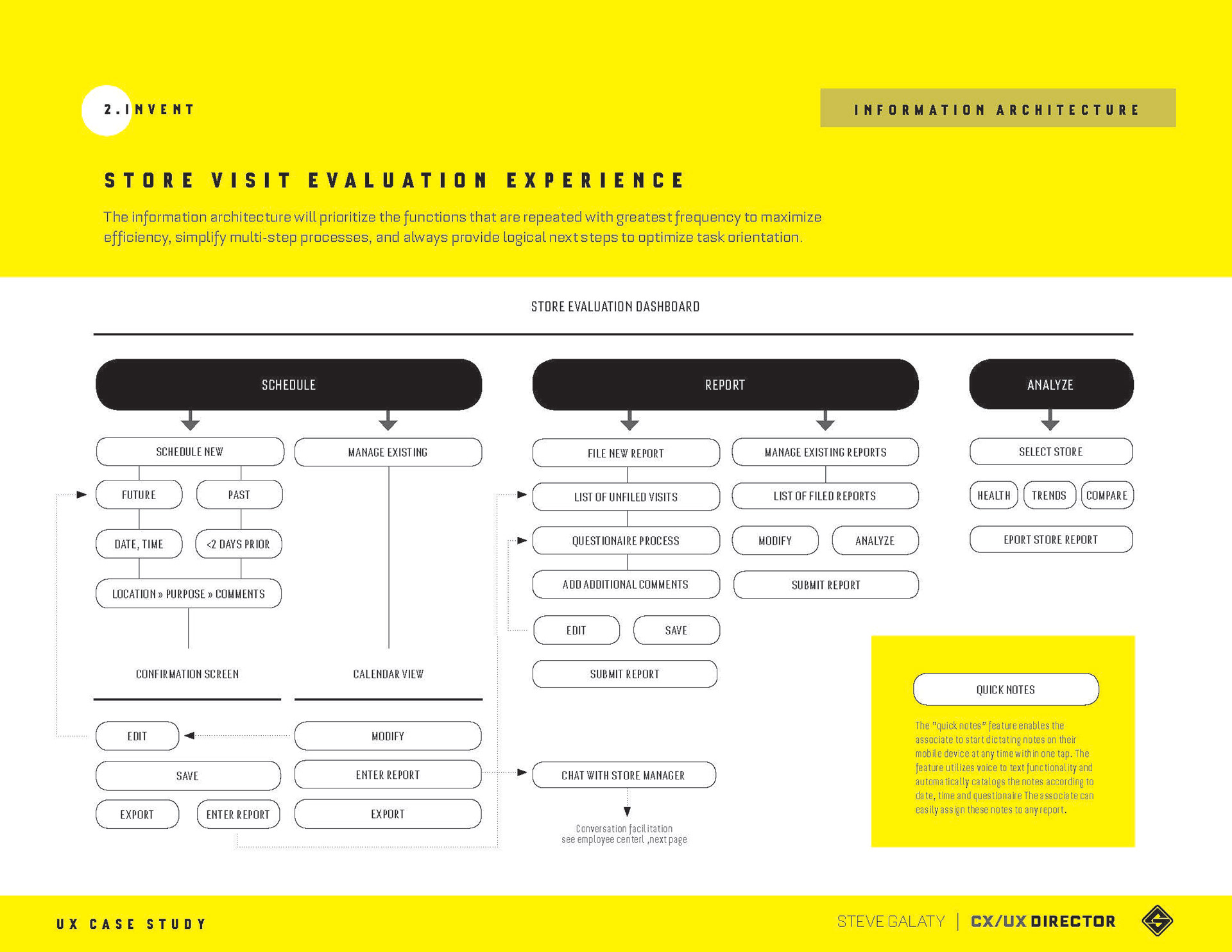Human-Centered
Design Thinking
Design Thinking
Each thoughtful experience design starts with acknowledging the needs and motivations of the user.
In the next few slides I will be demonstrating the process to crafting the optimal user-centric experience that equally fulfills the needs of the user and the objectives of the business.
Define the problem
Discover the needs. Expose the challenges. Highlight the opportunities.
Define and align to the vision. Roadmap the execution.
Define and align to the vision. Roadmap the execution.



Fail fast and learn rapidly
This rapid test and learn approach enables us to maximize creative problem solving and production efficiency.
Design sprints are deployed in low-fidelity interactive prototypes.
We perform validation testing to verify the efficacy of flow and functionality.
Losers are resubmitted into the refinement cycle or are scrapped. Winners are validated and prioritized into production sprints.
We perform validation testing to verify the efficacy of flow and functionality.
Losers are resubmitted into the refinement cycle or are scrapped. Winners are validated and prioritized into production sprints.
Click/tap to interact with the prototype below.
Empathy drives efficacy
We establish a rock-solid foundational IA that prioritizes the needs and objectives of the user and mitigates their pain-points and barriers. We create user journeys to understand how to minimize friction and maximize intuitive completion of tasks, taking into consideration data-driven optimization and personalization enablement.


